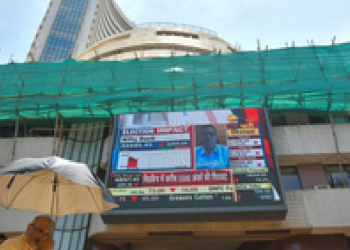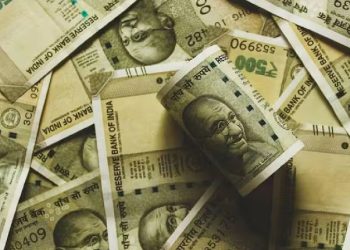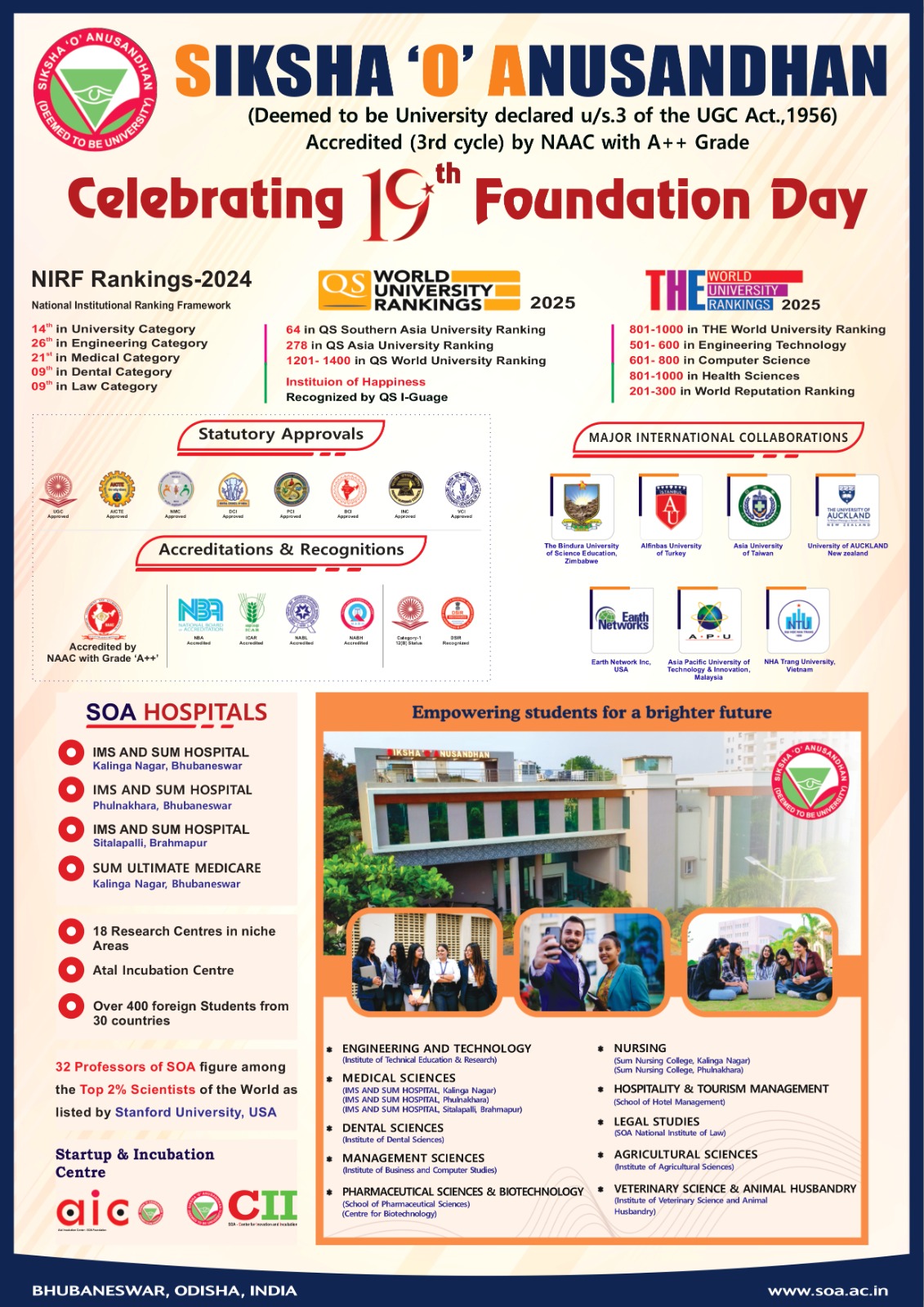Hyderabad: Telangana figured just once, albeit tangentially, in the February 1 Union Budget speech by Finance Minister Nirmala Sitharaman when she announced that the Hyderabad-based Indian Institute of Millets Research (IIMR), an affiliate of the Indian Council for Agricultural Research (ICAR), will be transformed into a centre of excellence to make India a global millets hub.
The ICAR-IIMR will share best practices, research and technologies at the international level, the Minister announced but made no financial allocation for the proposal.
This was the only announcement which brought some cheers for Telangana in what many termed as a disappointing Budget.
In tune with its focus on millets, the Centre made the key announcement in the Union Budget for 2023-24. However, the roadmap to achieve the goal of boosting production and procurement of millets was not mentioned.
Calling millets ‘Shree Anna’ or mother of all grains, Sitharaman quoted Prime Minister Narendra Modi to say that India is at the forefront of popularising millets, whose consumption improved food security and the well being of farmers.
The Finance Minister pointed out that India is the largest producer and second largest exporter of millets.
“We grow several types of Shree Anna, such as Jowar, Raagi, Bajra, Ramdana, Cheena and Saama. These have a number of health benefits and have been an integral part of our food for centuries,” she said.
The UN has declared 2023 as the International Year of Millets (IYM) at the request of the Indian government to raise awareness and increase the production and consumption of millets.
The declaration has allowed the Centre to take the lead in celebrating IYM 2023. As part of this, Central Ministries, state governments and Indian Embassies will hold events throughout the year to promote and spread awareness about the benefits of millets.
Support will be provided for post-harvest value addition, enhancing domestic consumption, and for branding millet products nationally and internationally.
As per the UN’s Food and Agriculture Organization (FAO), India is the largest producer of millet in the world with a share of 41 per cent in 2020
Nine types of millets are grown as Kharif crops in over 20 states. Rajasthan, Karnataka, Maharashtra and Andhra Pradesh are the leading producers.
In India, millets are grown as a Kharif crop, requiring less water and other agricultural inputs than other staples. Millets are crucial due to their potential to generate livelihoods, increase farmers’ income, and ensure food and nutritional security globally.
The Economic Survey 2023 highlighted that India alone was responsible for the production of 80 per cent of Asia’s and 20 per cent of the global production of millets. India’s average yield of millet is 1,239 kg/ha, compared to the global average yield of 1,229 kg/ha.
Last month, Prime Minister Modi had appealed to BJP MPs to promote the use of millets across the country, saying this will strengthen the economic condition of small and marginal farmers who grow these crops.
Addressing the BJP parliamentary party meeting, the Prime Minister said that millets should be used in mid-day meals offered in school to children.
He emphasized that millets should be served in lunches and official banquets to promote its use. He noted that some BJP ministers and leaders have begun the practice by including millets in the lunches and dinners hosted by them and their ministries.
India’s G20 presidency also offers an opportunity to make millets popular as around 1,00,000 foreign delegates are expected to visit the country in 2023.
The PM also suggested that millets be used in anganwadis, schools, homes and government meetings. He called for making the bouquet of grains high on nutrition a popular choice of food for people.
The move to develop Hyderabad-based IIMR as a centre of excellence is expected to help farmers growing millets not just in Telangana but also neighbouring Andhra Pradesh, Karnataka and Maharashtra.
The BJP may be hoping to politically benefit from this move. The centre of excellence is coming up in a state where BJP is making aggressive efforts to come to power.
Political analysts, however, say it is too early to say if the BJP will reap political benefits from this measure.
“The announcement to develop the institute in Hyderabad as a centre of excellence, in the words of the finance minister, is to share best practices, research and technologies at the international level. At this stage, we don’t know when and how the farmers in the region will benefit from this. Hence, it is too early to comment what political benefit the BJP will drive from it,” said analyst Palwai Raghavendra Reddy.
It is also worth mentioning that the International Crops Research Institute for the Semi-Arid Tropics (ICRISAT), which is headquartered at Patancheru near Hyderabad, is also doing research on millets
ICRISAT, ICAR-IIMR and the National Institute of Nutrition (NIN), all based in Hyderabad, are some of the key organizations leading the cause of promoting millets.
A series of studies led by ICRISAT along with NIN and others established that regular consumption can help lower the risk of diabetes and obesity, while improving cholesterol levels and contributing to lowered risk of cardiovascular disease.
The research effort had also demonstrated the effectiveness of millets in combating iron-deficiency anemia and deficiencies of calcium.
(IANS)


















